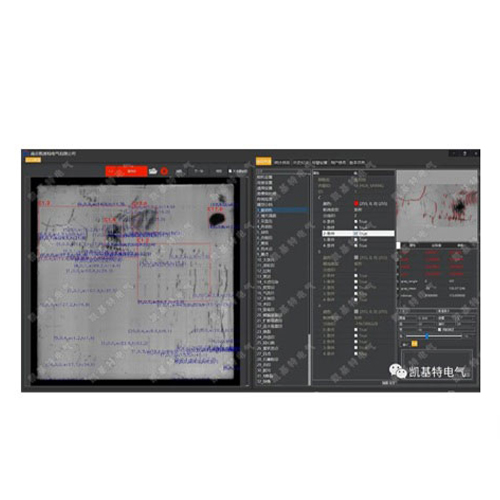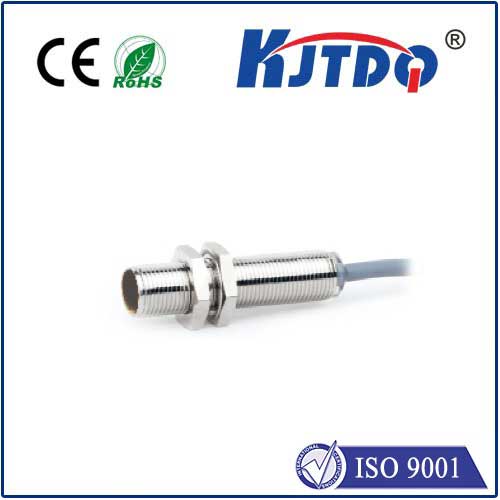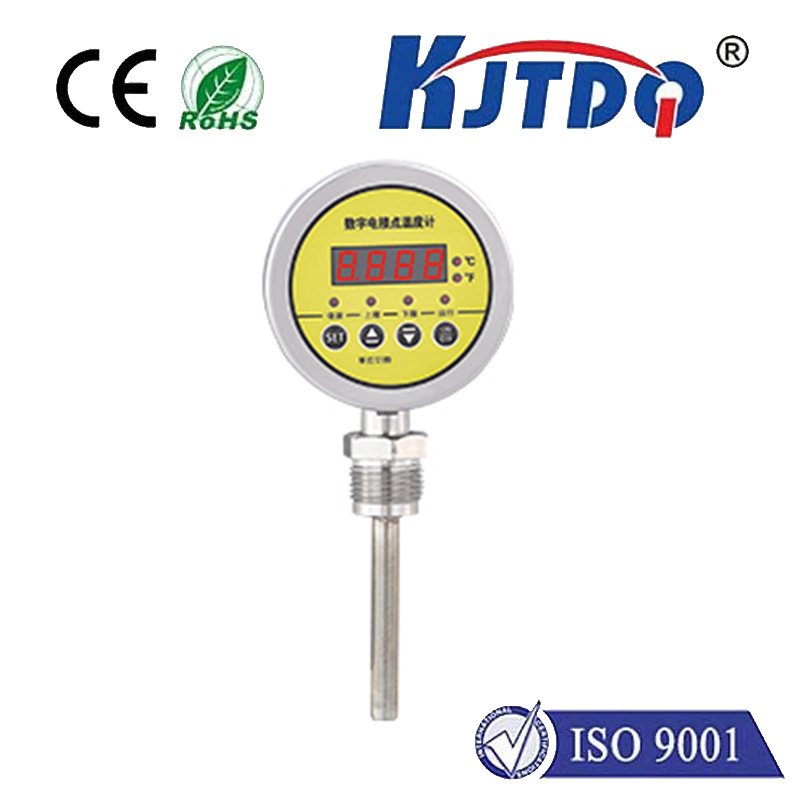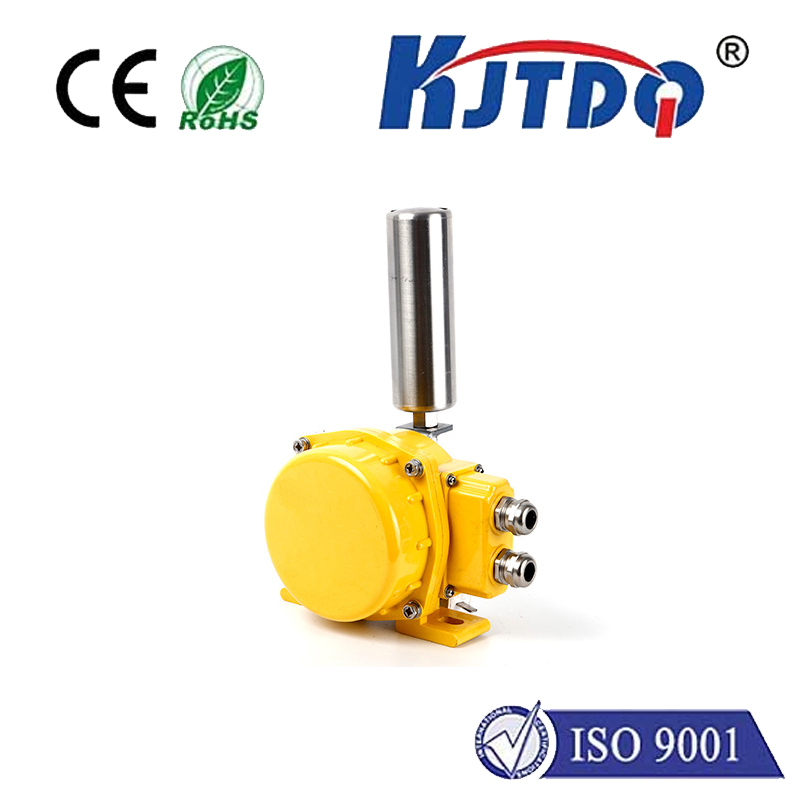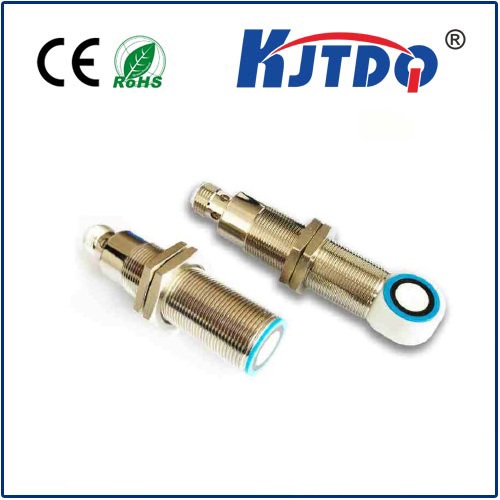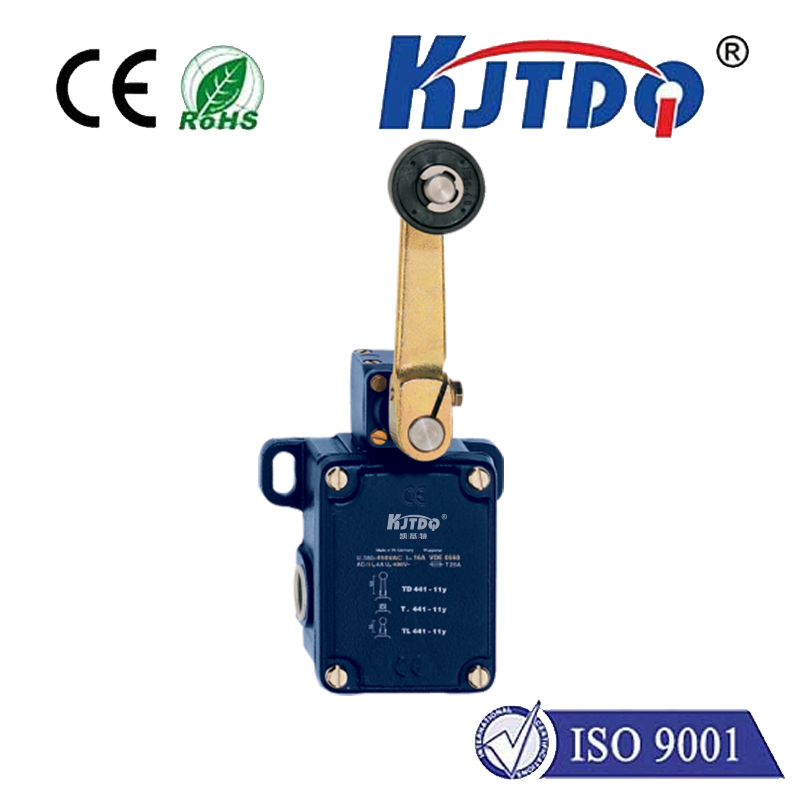Гравитационный ограничитель
- time:2025-07-31 01:56:02
- Нажмите:0
Gravity Limit Switches: Elevator Safety’s Unsung Heroes
Nearly every day, billions of people worldwide step into elevators, trusting these machines to transport them safely and efficiently. Behind this seamless operation lies a complex network of safety systems designed to protect passengers, even in the most unlikely scenarios. Among these critical components, often operating silently in the background, is the Гравитационный ограничитель. This unassuming device plays a pivotal role as a final, passive safeguard against catastrophic overspeed descent, embodying the principle that sometimes the simplest solutions are the most reliable.
So, what exactly is a Гравитационный ограничитель? Unlike electrically triggered safety devices, it relies purely on mechanical action driven by physical forces – specifically gravity and centrifugal force. Installed within the elevator hoistway, it’s directly linked to the elevator’s governor system. The governor is essentially the overspeed detection unit; as the elevator car moves, it rotates a governor rope, which in turn spins a flyweight mechanism inside the governor.
Here’s where the Гравитационный ограничитель comes into play:

- Normal Operation: During safe, controlled speeds, the centrifugal force acting on the governor flyweights is balanced by a restraining spring. The flyweights remain retracted, and the governor rope tension is normal. The Гравитационный ограничитель remains in its “set” position.
- Overspeed Condition: If the elevator car begins descending at an excessive speed (typically 115-125% of its rated speed), the governor rope spins faster. This increased speed causes the governor flyweights to overcome the spring tension and fly outward due to centrifugal force.
- Mechanical Engagement: The outward movement of the flyweights triggers a mechanical linkage within the governor. This action abruptly grips the governor rope, halting its movement almost instantly.
- Gravity Activation: This sudden stoppage of the governor rope creates a critical slack condition. Here’s where gravity takes center stage. A weighted lever arm, part of the Гравитационный ограничитель assembly and held up only by the tension of the governor rope during normal operation, is now unsupported. Gravity instantly pulls this weighted lever downward.
- Safety Circuit Break: The downward fall of the weighted lever physically opens critical electrical contacts within the Гравитационный ограничитель. This action immediately cuts power to the elevator drive motor and engages the safety brakes on the car itself.
- Car Arrest: With power cut and the safeties applied directly to the guide rails, the elevator car is brought to a controlled, forceful stop.
Why is this passive, gravity-driven mechanism so vital for elevator safety?
- Ultimate Redundancy: It operates completely independently of the elevator’s main control system, electrical power supply, or software. Even if multiple primary systems fail simultaneously, the Гравитационный ограничитель can still activate based purely on physical laws.
- Fail-Safe Design: Because it relies on gravity pulling the lever down (a force that is always present), a failure in the switch itself typically results in it failing in the “safe” state (contacts open, power off). While regular maintenance is crucial, the fundamental principle is inherently fail-safe.
- Critical Overspeed Protection: Its sole purpose is to intervene during the most dangerous failure mode – uncontrolled downward acceleration. It acts as the final mechanical backstop before a disastrous crash.
Gravity limit switches are not a one-size-fits-all solution. They are designed and calibrated specifically for the speed and load capacity of the elevator they protect. Common variations include:
- Traditional Mechanical Switches: The classic design described above, involving a weighted lever and robust electrical contacts.
- Magnetic Hold Switches: Utilize an electromagnet to hold the weighted lever in place during normal operation. Losing power to this magnet causes the lever to drop by gravity, opening the safety contacts. This adds another layer: a power failure itself causes the switch to trigger as a safety precaution.
The Гравитационный ограничитель, while robust, is not infallible. Its critical role in overspeed protection mandates strict adherence to maintenance schedules:
- Regular Inspections: Visual checks for damage, corrosion, free movement of the weighted lever, and proper governor rope tension are essential.
- Functional Testing: Technicians must perform overspeed tests periodically (as dictated by safety codes like ASME A17.1/CSA B44) to simulate an emergency descent and verify the entire governor-gravity switch-brake system triggers correctly and arrests the car within specified limits. Never attempt to bypass or disable this switch.
- Governor Rope Integrity: The switch relies entirely on governor rope tension. Regular inspection for wear, stretching, or damage is paramount.
The Silent Guardian
While passengers rarely see or hear it in action, the Гравитационный ограничитель stands as a testament to elegant, reliable engineering. By harnessing the fundamental force of gravity, it provides a critical, non-negotiable layer of passive elevator safety. It embodies the principle crucial to all safety systems: redundancy. When sophisticated electronic controls might falter, this purely mechanical device remains ready, waiting silently in the shaft, relying on the constant pull of gravity to fulfill its sole mission – stopping the car before tragedy strikes. Its presence is a cornerstone of the multi-faceted approach that makes modern elevators one of the safest modes of transportation. Understanding its role highlights the incredible depth of engineering dedicated to protecting lives in vertical transit.

